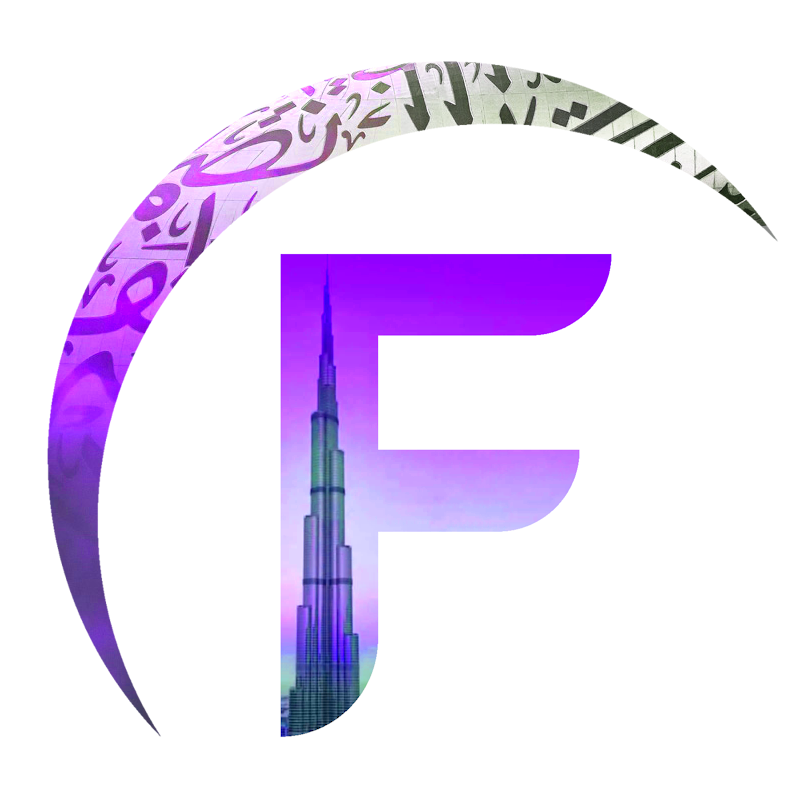That’s a question many first-time visitors ask. In a city known for gleaming towers and spotless malls, the true soul of art often hides in contrast. Dubai’s art districts—places like Alserkal Avenue, Al Quoz, Jaddaf Waterfront, and even satellite corners in d3—aren’t polished at first glance. But step inside, and you’ll find converted cement factories glowing with projection art, perfume workshops next to calligraphy studios, and local painters hanging next to global names. These districts aren’t made for fast tourism. They’re built for slow wandering, coffee in hand, ideas unfolding room by room.
Alserkal Avenue is still Dubai’s most established creative district
Located in the industrial zone of Al Quoz, Alserkal Avenue began as a cluster of warehouses and grew into one of the region’s most respected cultural hubs. It hosts contemporary galleries, experimental cinemas, concept cafes, and artist residencies. On any visit, you might encounter a sculpture show, a poetry reading, or a sustainability-themed installation. The best time to go is late afternoon on weekdays, when galleries are open and the pace is slow. Weekends tend to bring larger crowds, especially during public events like Art Week or Quoz Arts Fest.
Jameel Arts Centre anchors the growing Jaddaf Waterfront scene
Set along Dubai Creek, Jameel Arts Centre is a contemporary museum that serves as a cultural anchor for the Jaddaf Waterfront. Its serene architecture, garden courtyards, and curated library make it an ideal stop for reflective viewing. Exhibitions often highlight regional issues, including migration, ecology, and identity. The surrounding area features walking paths and artist-run projects, and on certain evenings, film screenings or talks animate the space. The museum is free to enter, making it a quiet but powerful introduction to the city’s art pulse.
Dubai Design District blends art, commerce, and innovation
Known as d3, Dubai Design District offers a more commercial but equally creative experience. While fashion houses and tech firms dominate much of the landscape, the ground floors and courtyards host outdoor sculptures, rotating exhibits, and design pop-ups. d3 regularly organizes public art programs and collaborates with Dubai Culture to promote young UAE-based artists. It’s also a great district to visit during Dubai Design Week, when the entire zone transforms into a multidisciplinary playground of installations, student projects, and international showcases.
Satwa and Karama hide unexpected artistic gems
While not official art districts, Satwa and Karama offer raw, street-level creativity that can surprise even seasoned art lovers. Walls painted with murals, hand-lettered shop signs, and hidden artist studios above textile stores show a grittier side of Dubai’s aesthetic. Some graffiti works in Satwa are part of sanctioned street art programs, while others remain informal tributes to neighborhood identity. Local residents often point out corners tourists might overlook—a reminder that art here isn’t always framed; sometimes, it lives in daily life.

Parking and transport differ depending on which district you visit
Alserkal Avenue has limited parking during events, so taxis or ride-hailing services are more reliable. Jameel Arts Centre, by contrast, offers a spacious underground car park. d3 connects easily to Downtown via the Dubai Canal Bridge, and there are RTA buses and walking paths linking it to Business Bay. If you’re visiting multiple districts in one day, plan your route to avoid midday heat and budget time for traffic. Weekday mornings tend to be quieter, while evenings draw in creative crowds for openings and meetups.
Many art spaces offer free admission and welcome casual visitors
Unlike institutional museums in other countries, most Dubai galleries are free to enter. They encourage browsing—even for those unfamiliar with art. You’re welcome to walk in, ask questions, or simply observe. Staff are often artists or curators themselves and enjoy dialogue. Don’t hesitate to ask about an artist’s technique or background. Some galleries also offer printed guides, audio tours, or QR codes leading to deeper digital content. This approachability reflects Dubai’s inclusive art culture—accessible to residents and travelers alike.
Look out for art nights, festivals, and guided tours
Dubai’s art districts come alive during key events. Quoz Arts Fest in January transforms Alserkal into a pedestrian-only celebration with performances, food stalls, and gallery tours. Art Dubai, usually held in March, spills over from Madinat Jumeirah into partner spaces across the city. D3 lights up for Dubai Design Week each November. For those looking to explore with context, guided walking tours are occasionally organized by local collectives or cultural authorities, especially during these major events.
Many venues combine art with food, retail, or wellness
Part of what makes Dubai’s art districts unique is how they blend disciplines. A morning in Alserkal might begin with a visit to an Emirati photography exhibit, followed by a talk at an independent cinema, a session at a yoga studio, and finally a flat white at a roastery inside a former industrial shed. In d3, it’s not uncommon to buy sneakers designed by a regional artist after viewing a design exhibition. These crossovers turn art from something to “view” into something you can live, wear, or eat.
Respecting local norms helps you enjoy the space more meaningfully
While Dubai’s art scene is open and experimental, cultural sensitivity is still expected. Dress modestly when visiting public galleries, and always ask before taking photos—especially in smaller studios or artist-run spaces. Food and drink aren’t usually allowed inside exhibit rooms. Many spaces are family-friendly, but noise should be kept minimal. If you’re unsure whether an exhibit contains sensitive content, staff will guide you. Approaching the scene with curiosity and courtesy ensures a richer and more respectful experience.
Every visit adds a brushstroke to your understanding of the city
Dubai’s art districts are more than galleries—they’re living maps of the city’s evolution. They reflect how identity, migration, innovation, and tradition are debated and celebrated in public space. Each visit adds a new perspective: a street mural that wasn’t there last week, a conversation with a calligrapher explaining their latest work, a recycled sculpture made from shipping pallets. In these spaces, art doesn’t sit still—it grows, moves, and continues the conversation.
This guide was written by the www.few.ae team to help you explore Dubai’s art districts with insight, curiosity, and connection.


 then "Add to Home Screen"
then "Add to Home Screen"